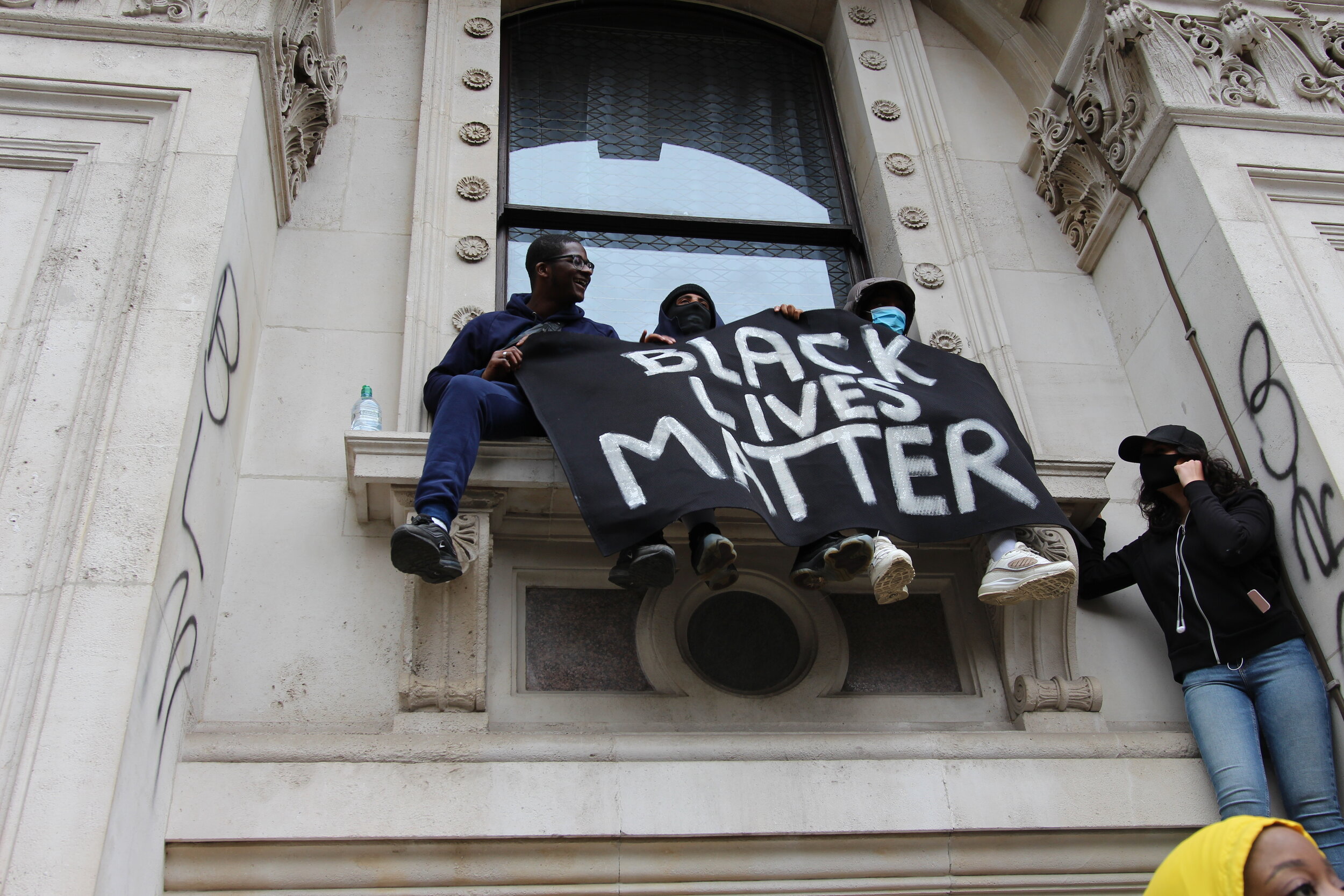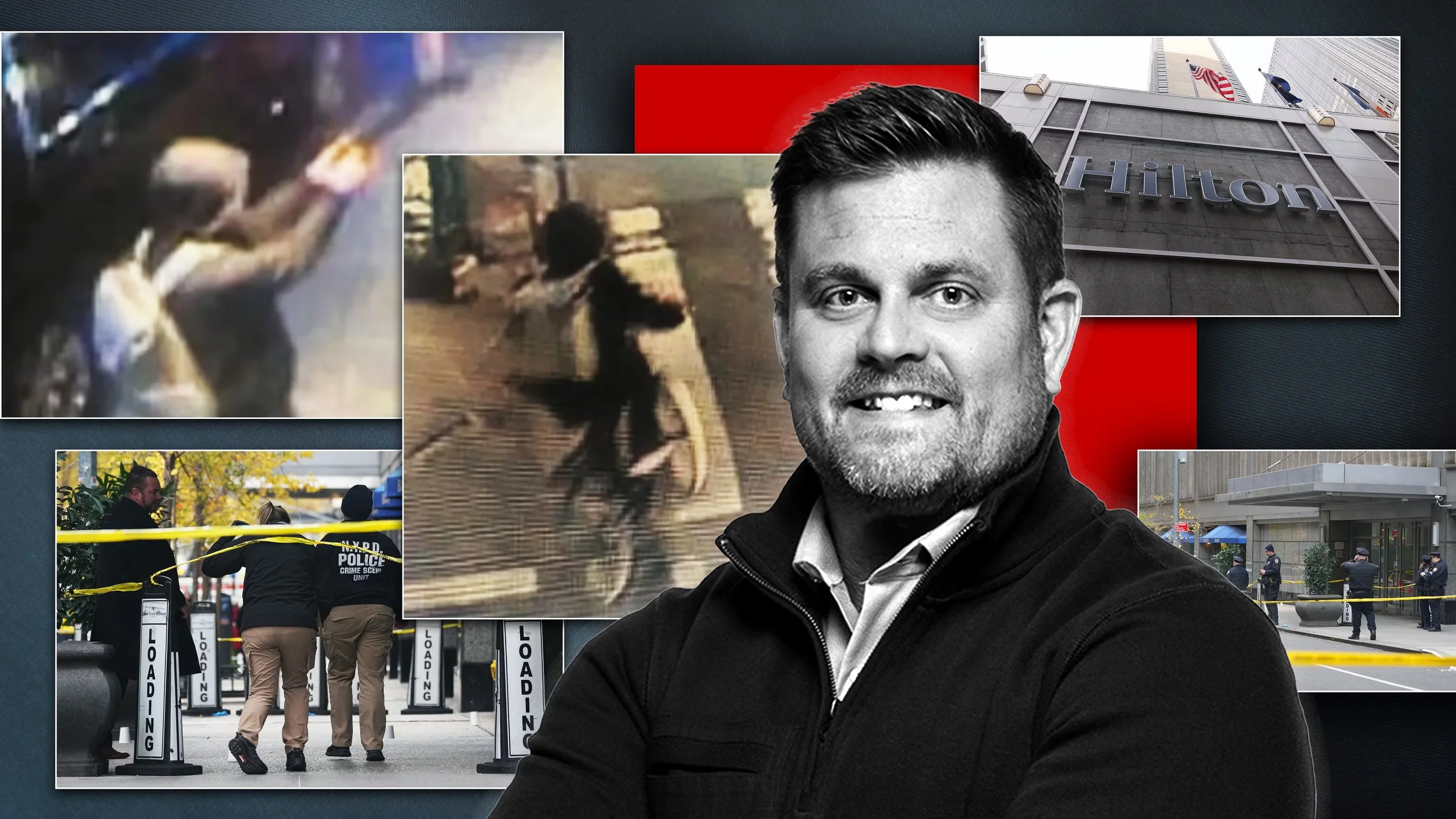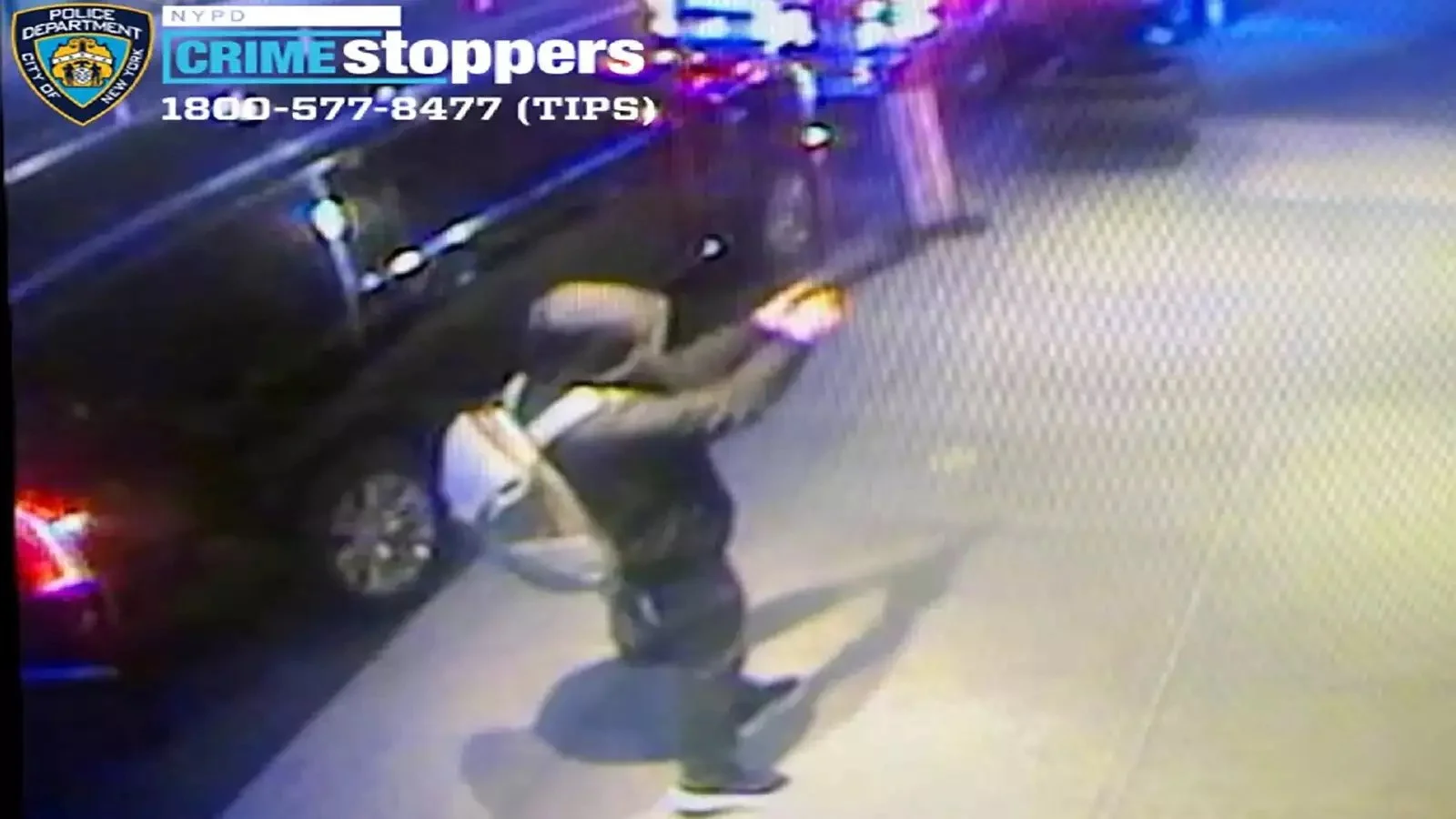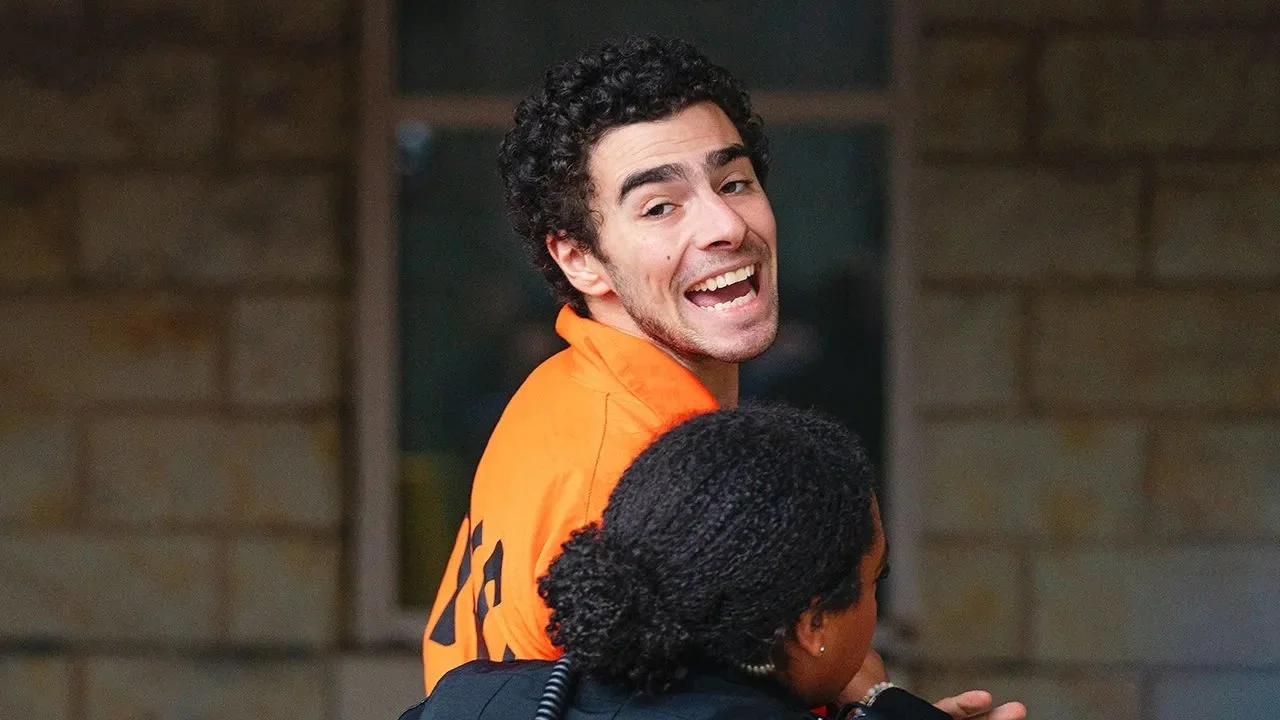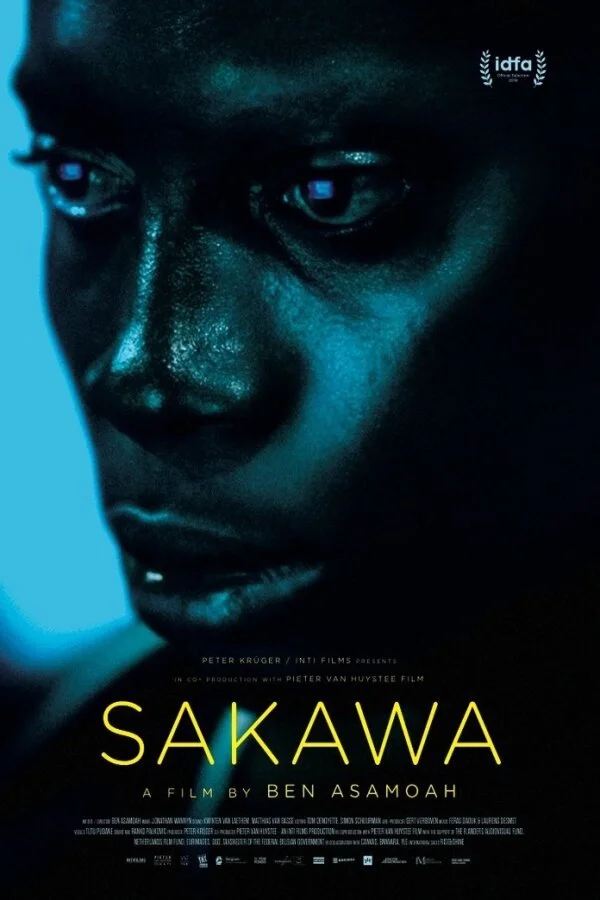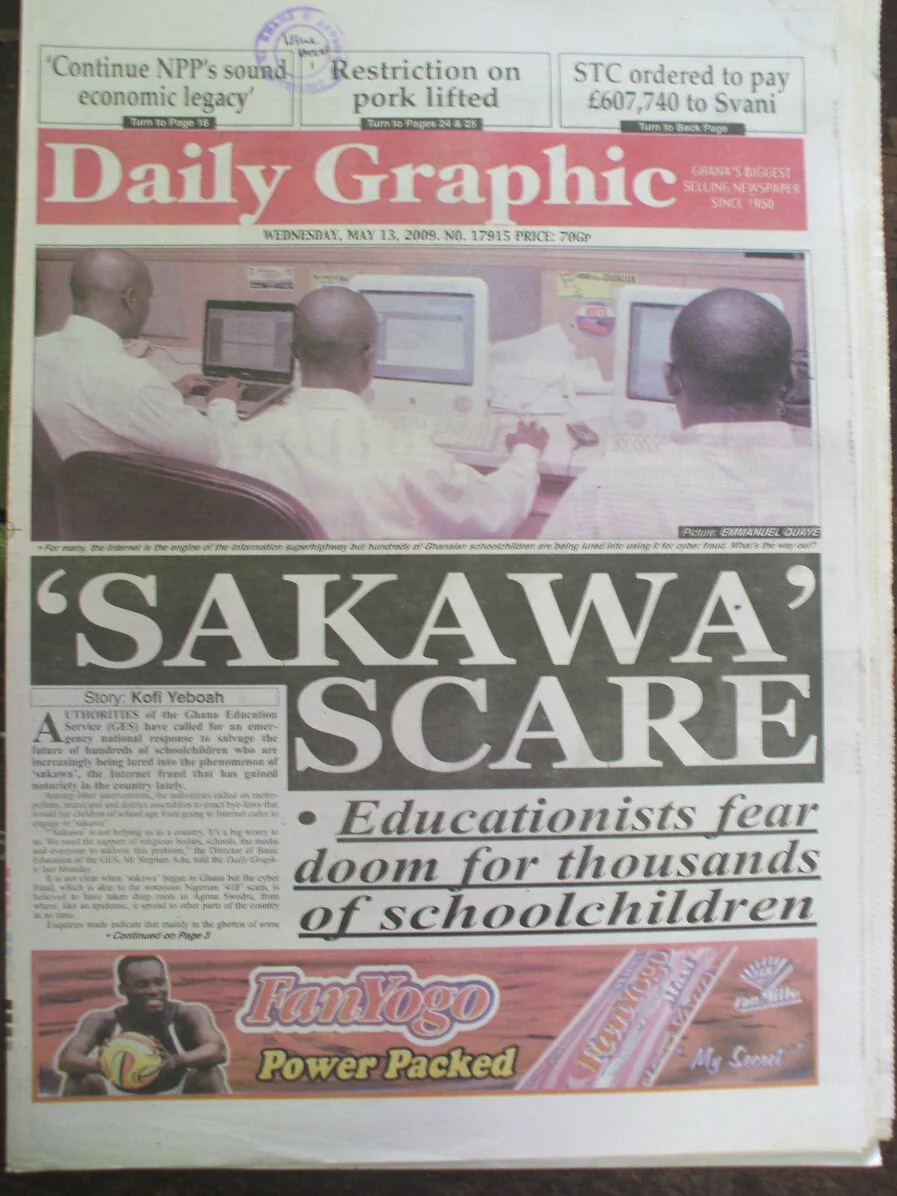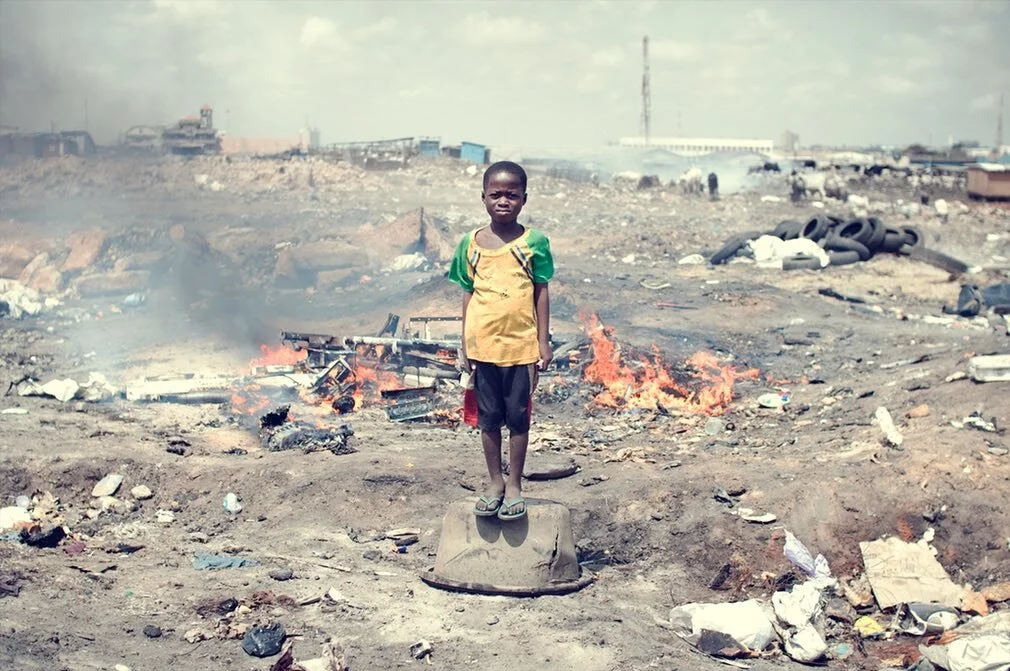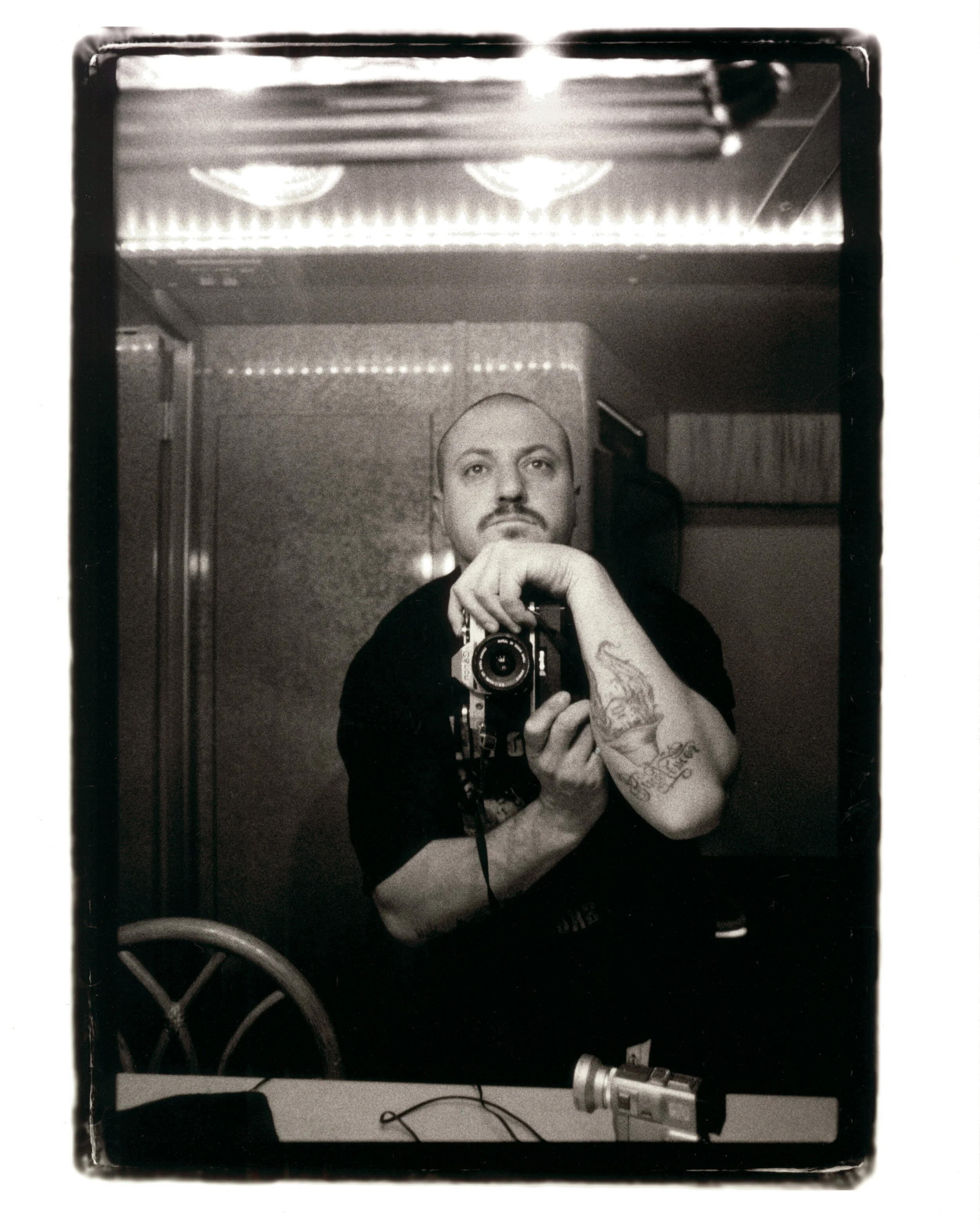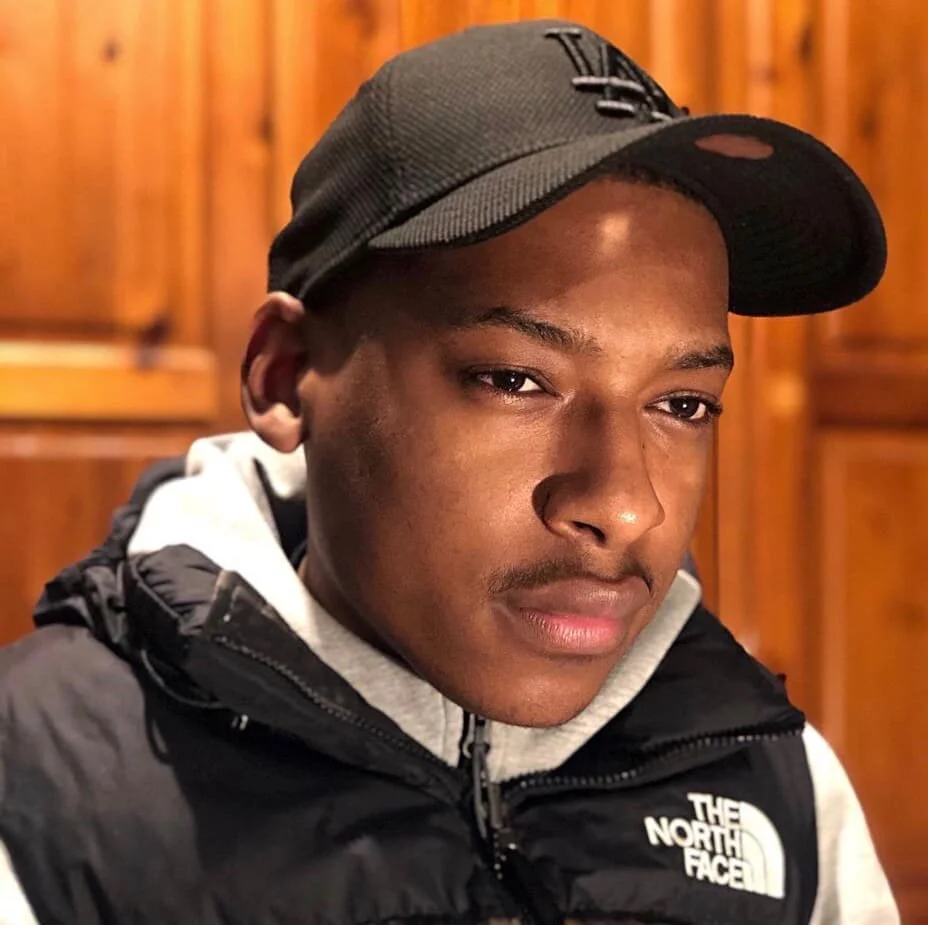Written by Kevwe Ogufere
Summary of the Assassination and Case Details
Brian Thompson, CEO of UnitedHealthcare, was fatally shot with a 3d printed 9mm semi automatic pistol (ghost gun ) with a suppressor, in a Manhattan street, outside the Hilton Hotel while walking to an investor conference. The suspect, Luigi Nicholas Mangione, a 26-year-old Ivy League graduate, was arrested days later at a McDonald’s in Altoona, Pennsylvania. Surveillance footage and a handwritten manifesto linked Mangione to the crime, with his writings expressing anger towards the U.S. healthcare system and corporate greed. Magione is currently at Blair County Court Pennsylvania where he was charged with possession of an unlicensed fire arm, hours later prosecutors in New York City charged Mangione with murder
The killer believed to be Mangione did the murder on a city bike and rode it to central park. He then later emerged from central park around 77th street without his backpack, which is believed to contain items integral to to the murder, such as the gun, cell phone and more, central park is still in the process of being heavily searched. He then made his way to 88th street where he is caught camera by CCTV on the bike from there he went to 86th street where he got a cab to 178th street and broadway and entered George Washington Bridge Bus Station which is an interstate bus station, going of radar and sending the FBI and NYPD on a 5 day manhunt.
Mangione, who comes from a wealthy Maryland family, has denied involvement in any conspiracy, claiming he acted alone. At the time of his arrest, he possessed a firearm, multiple fake IDs, and documents criticizing health insurance companies.
Who Was Brian Thompson?
Brian Thompson was born on July 10th 1974. He lived in Minnesota, and graduated high school in 1993 and went to college. After graduating from college in 1997 he worked as manger for PricewaterhouseCoopers (PwC). In 2004 Brian took a job with UnitedHealth Group, in 2021 he became CEO of UnitedHealthcare the insurance company of UnitedHealth Group which provides health insurance to about 50 million Americans. At 50, leading the largest health insurer in the U.S, his career in healthcare finance positioned him as a prominent figure in an industry that has been both a cornerstone of the American economy and a source of public frustration. Known for spearheading investor-focused initiatives, Thompson’s leadership coincided with a period of rising profits for UnitedHealthcare, even as public trust in health insurers continued to decline. Brian earned about 10 million a year at his job. In 2018 he purchase a mansion in Maple Grove Minnesota where he lived with his wife and 2 children. At some point after this Brian and his wife separated living in separate residences less than a mile apart in Maple Grove.
December 4th 2024 Brian Thompson was in New York city to attend an annual investors meeting for UnitedHealthcare, he was there to announce a predicted revenues of over $450 billion dollars. Later he was shot in the back multiple times and killed while walking by a masked gunman with a 9mm semi-automatic gun with a suppressor. At the time of his death Brian was subject to a Department of Justice Investigation. He had been accused of insider trading and fraud, furthermore the company UnitedHealthcare that he worked for had been accused many times of denying legitimate claims. Brian had received threats, and had been assigned a security detail for protection. The detail however was not with him when he was shot and killed, revealing a significant flaw in UnitedHealth protection strategy.
This was a targeted killing of Brian was by someone who had a motivation to kill him, normally this significantly narrowed down the search for the suspect, but in this case; considering he worked for UnitedHealthcare, a very unpopular company, there was potentially millions suspect and due to the nature of the killing. It was even potentially suspected to be a hired hitman with potentially military experience.
Colleagues described Thompson as a driven, pragmatic leader. His death has shocked the healthcare and business communities, igniting conversations about the safety of high-profile executives and the underlying social tensions in the United States.
Details About Luigi Mangione
Luigi Nicholas Mangione was born may 6th 1998 and raised in Maryland, into privilege. His Grandfather Nicholas was a wealthy real-estate developer who owned several valuable assets including country clubs and nursing homes. Nicholas died in 2008 due to complications from a stroke.Luigi Mangione had a legacy of academic excellence and familial wealth. In 2016 he became A valedictorian and graduated from an elite Baltimore prep school, in 2020 he earned degrees in computer science from the University of Pennsylvania, with both a bachelors and a masters degree. That same year he started to work as a data engineer for true car incorporated an automotive pricing and digital retailing website for new and used cars based in Santa Monica California. In January 2022 Mangione joined a co-living community in Honolulu Hawaii called surf break selfd-described as a “vibrant, inclusive global network of adventurers, remote workers, and mindful travellers united by shared life in our coliving + coworking spaces” It is on the 40th floor of a high rise building the rooms rent ranged from $1,600 a month to $3,300 dollars a month. Luigi left the community in April 2022 due to suffering from chronic back condition called Spondylisthesis which according to the NHS is where one of the bones in your spine, called a vertebra, slips forward. It can be painful”. Physical activity like surfing and hiking had agrevated his physical condition. He returned to Hawaii in 2023 where he started a book club, December 2023 he was cited or trespassing at a state park. At some point he had back surgery and lost contact with his family However, Mangione’s life took a dark turn as he became increasingly disillusioned with corporate America. His manifesto and social media activity reveal an admiration for figures like Ted Kaczynski, highlighting his ideological shift towards anti-corporate extremism. Mangione’s documented back pain and medical struggles may have further fueled his disdain for the healthcare system, exacerbating his grievances.
Motivations Behind the Assassination
Mangione’s writings indicate deep-seated anger at the “parasitic” nature of health insurance companies, which he blamed for prioritizing profits over public well-being. His manifesto lambasted corporate greed, citing the U.S.’s exorbitant healthcare costs and stagnant life expectancy. It is likely that his actions were motivated by his personal experience with health insurance companies.
Sarah Nehemiah Surfbreak Community Spokesperson said “Mangione lived at Surfbreak from 2022 until April of that. It was our understanding that he left due to a lifelong back injury that was exacerbated by surfing and hiking. To our knowledge nearly all members of Surfbreak from his tenure lost contact after he left. To our knowledge he did return to Hawaii briefly in early 2023 and started a book club. Several members left due to discomfort in book choices.” It likely that his life long back injury exacerbated by surfing and hiking is what initiated a toxic relationship with him and health insurance where he was most likely denied treatment due to his socioeconomic status at the time likely triggering resentment which boiled over when assassinated Brian Thompson CEO of united healthcare. It also likely that this traumatic experience politically radicalised Magione. His good reads page featured people such as Theodore John Kachinsky also known as the Unabomber. The Unabomber killed three people and injured 28 more across the US in a series of mail bomb attacks. Luigi Mangione said this about Industrial Society and Its Future, which is Theodore John Kaczynski manifesto “It’s easy to quickly and thoughtless write this off as the manifesto of a lunatic, in order to avoid facing some of the uncomfortable problems it indemnifies. But it’s simply impossible to ignore how prescient many of his prediction about modern society turned out. He was a violent individual - rightfully imprisoned - who maimed innocent people. While these actions tend to be characterised as those of a crazy luddite, however, they are more accurately seen as those of an extreme political revolutionary” this proves
Luigi Mangione had clearly taken inspiration from other people that had used political violence and that his injury was point of political and ideological radicalisation. Magione approvingly cities another review saying “had the balls to recognise that peaceful protest has gotten us absolutely nowhere at the end of the day, he’s probably right. Oil barons haven’t listened to any environmentalists, but they feared him. When all other forms of communication fail, violence is necessary to survive. You may not like his methods, but to see things from his perspective, it’s not teorrorism, its war and revolution. Fossil fuel companies actively suppress anything that stands in their way and within a generation or two, it will begin costing human lives a greater and greater magnitudes until earth is just a flaming ball the current system, so how long until we recognise that violence against those who lead us to such destruction is justified as self defense” this indicates that Mangione motivtes were political in nature but rooted and triggered by personal experiences.
Further evidence found at the crime scene reinforces this view. Three words—“deny,” “defend” and “depose,” were reportedly found written on shell casings at the scene where UnitedHealthcare CEO Brian Thompson was shot and killed. In the case of UnitedHealthcare and other health insurance companies ‘delay, deny and defend’ moto, is a popular tactic health insurance companies are accused of using to avoid paying claims and increase profits.
This was clearly is a form of political messaging which has already seen some impact socially. A Florida woman has been arrested and charged after allegedly using the same language associated with the suspect in the murder of a top health insurance executive while on a phone call with her healthcare firm.Briana Boston, 42, had just had a medical claim denied and was talking on a phone call with a representative from Blue Cross Blue Shield. The Lakeland resident then allegedly said: “Delay, deny, depose. You people are next.”
While Mangione’s specific grievances remain under investigation, they reflect broader societal frustrations with privatized healthcare. His actions, though extreme, underscore the discontent felt by many Americans, particularly in the working and middle classes, towards health insurers.
UnitedHealthcare and America’s Healthcare Struggles
UnitedHealthcare epitomises the duality of America’s healthcare system: a world leader in medical innovation but one of the most expensive systems globally. For many U.S. citizens, healthcare is not a right but a privilege tied to employment or financial stability, yet UnitedHealth Group which is the parent company of UnitedHealthcare is 8th biggest companies in the world by revenue. On average 16% of insurance companies deny claims in the Healthcare space. UnitedHealthcare rejects around 32%, 1 in 3 paying customers have their claims rejected.
Working-class and middle-class Americans often find themselves burdened by high premiums, deductibles, and out-of-pocket costs, leading to resentment against health insurers. Between 2010-2020 the cost of deductibles have more than doubled at +11%,monthly premiums +55% worker earning +27%. Low income families spend close to a third of their income on health insurance premiums, around 29% (low income 20th percentile). UnitedHealth Group in 2023 revenues grew by $47.5 billion.
To achieve such massive growth in a the healthcare Industry UnitedHealthcare optimised through technology. ALERT(Algorithms for Effective Reporting and Treatment) is used to determine claims, such as wether a mental health patient has gone through to much therapy, which is around 30 sessions in eight months, from 2013 through 2020 United had denied claims for more than 34,00 therapy sessions in New York alone, amounting to $8million in denial care. All while UnitedHealth reports $7.9 Billion in QZ profits. “UnitedHealth uses faulty A.I to deny eldery partients medically necessary coverage lawsuits claim” this is due to the A.I. having a 90% error rate have due to sick people being unlikely to appeal claims roughly 0.2% will appeal claims. UnitedHealth exploit medicare advantage plan which allot of lower income Americans are dependent on. This economic strain fosters a perception of healthcare companies as profiteers exploiting an essential need.
The reaction to the assassination of the CEO of UnitedHealthcare has trascended social barriers. It has caused other insurers to respond as well, for example Blue Cross which is one of the biggest insurers in the U.S. within a day of the killing happening reversed their anethesia coverage, which would have put a time limit on how long patients can receive anaesthetics. According to NPR healthcare “Anthem reversed places to put time limits on anaesthetic coverage” as well.
However this is unlikely enough as many Americans frustrations towards UnitedHealthcare is just a microcosm of their pent up frustrations with the for profit model of US privatised healthcare that puts profits above healthcare and needs of vulnerable first. Health expenditures per capita, U.S. dollars, 2022 current prices and PPP adjusted was $12,555 in the United States which is notably more expensive than Canada which was $6,319 and UK $5,493. Both of which have a more socialised form of healthcare in still very much neoliberal capitalist system where healthcare is free and covered by taxes and governmental resources. However this has still flaws many of which as been caused by economic failures in UK. The subsequent privatisation of UK healthcare and austerity have reduced the quality in services the NHS can provide which has caused many in the UK and globally to get behind the American sentiment. However despite this for low income percentile earners particularly working class, middle places, communities and people of colour and vulnerable peoples( for instance the homeless, disabled, veterans, pregnant women and the elderly) many still see options such as the UK socialised NHS healthcare system as much better alternative to the privatised insurance based for profit model that exist the United States and this sentiment seems to be bipartisan.
Digital Radicalisation
Mangione’s ideological alignment with far-right and anti-corporate narratives exemplifies the growing phenomenon of digital radicalization. Online spaces have become breeding grounds for a wide spectrum of extreme ideologies, including incel (involuntary celibate) communities, far-right groups, anarchists, far-left movements, separatists, and other radical viewpoints that feel marginalized by the neoliberal status quo. These groups often exploit the frustration and disillusionment of young people grappling with stagnant material conditions in Western societies, especially in the aftermath of the global COVID-19 pandemic. Rising inflation, a deepening cost-of-living and housing crisis, and widespread disillusionment with mainstream political parties have fueled a volatile mix of grievances. This discontent is further exacerbated by systemic issues such as Western involvement in global conflicts, youth isolation, and deteriorating mental health amidst the pervasive influence of social media and information and communication technologies (ICTs).
These digital platforms amplify feelings of disenfranchisement, creating echo chambers where personal grievances are seamlessly merged with broader political extremism. The lack of meaningful systemic reform has pushed many young people to seek alternative, often radical, narratives that promise answers to their growing frustration. Online algorithms frequently compound this process, funneling users toward increasingly extreme content based on their viewing habits.
Mangione’s admiration for Ted Kaczynski—whose anti-modernist manifesto critiques industrial society—further underscores the allure of such ideologies for certain disillusioned individuals. Anti-modernist and anti-capitalist rhetoric resonates in an era of heightened privatization, digital capitalism, and surveillance. Cities like New York, equipped with extensive CCTV networks and advanced surveillance technology, epitomize the growing tension between security measures meant to maintain order and the socioeconomic instability faced by lower-income populations. These disparities create fertile ground for resentment, with many individuals feeling that politicians, corporate executives, and elites remain insulated from the realities of economic decline and social insecurity that plague marginalized communities.
The rising discontent with the political status quo has emboldened some to undertake extreme acts of political violence, as seen in the attempted assassination of former President Donald Trump at a Pennsylvania rally in July. Despite advances in surveillance and security technology, individuals—especially disaffected youth—have increasingly found ways to circumvent these barriers. Drawing inspiration from asymmetrical warfare tactics, they leverage tools of anonymity and ingenuity to evade detection. The proliferation of 3D-printed firearms, the use of electric bikes for swift and inconspicuous mobility, and the growing popularity of ski masks and face coverings have created an unsettling landscape where acts of violence can be planned and executed even in heavily monitored urban centers like New York.
This convergence of digital radicalization and technological adaptation highlights the evolving nature of extremist tactics in the modern age. Platforms that were once dismissed as fringe corners of the internet have now become pivotal in disseminating radical ideologies and equipping individuals with the means to act on them. As these trends continue to unfold, they raise urgent questions about the capacity of societies to address both the root causes of discontent and the digital ecosystems that enable their radicalization.
The Broader Economic Context: Inequality and Disillusionment
The assassination occurs against the backdrop of a global recession, post-pandemic economic contraction, and a shrinking middle class. Rising inequality and job precarity have fueled class consciousness, but this awakening is fractured, often diverging into far-left, far-right, or anarchist ideologies.
Critiques of capitalism, particularly in privatized industries like healthcare, resonate with many Americans who feel excluded from the system. This growing disillusionment underscores the urgent need for systemic reforms to address inequality.
Empathy for Healthcare Workers and Structural Critiques
Healthcare workers, from frontline staff to executives like Brian Thompson, operate within a system deeply shaped by capitalism. While many professionals strive to improve patient outcomes, they are often constrained by the profit-driven imperatives of privatized healthcare. This tension highlights the broader structural issues of a system that prioritizes financial returns over universal access and affordability.
STEM professionals, including healthcare executives, frequently lack the critical training to contextualize their roles within larger socioeconomic and political frameworks. Without a nuanced understanding of how economic systems influence their work, they may unwittingly perpetuate structural inequalities. For some, personal experiences or exposure to societal critiques can foster awareness, but for many, the disconnect between their professional responsibilities and the systemic implications of their roles remains unaddressed.
While public critiques of the U.S. healthcare system—such as the predatory nature of private insurance models and exorbitant costs—are valid, acts of violence like the killing of UnitedHealth Group CEO Brian Thompson cannot be condoned. The celebration of his death in some online circles is not only tragic but also deeply unethical. Thompson’s symbolic role as the face of a profit-driven healthcare model does not erase his humanity. To those who knew him personally, he was not only a corporate figure but also a father of two and a human being whose loss is profoundly mourned.
This tragedy underscores a complex dynamic: widespread public anger at the inequities of the American healthcare system collides with the personal dimensions of those working within it. Thompson’s death is emblematic of the deep resentment many Americans feel toward a system that leaves 50 million people dependent on plans like those offered by UnitedHealth. Yet, focusing anger solely on individuals rather than the underlying structures risks deflecting attention from the systemic reforms that are urgently needed.
The privatized, for-profit model of healthcare in the United States perpetuates inequities that disproportionately impact lower-income Americans. These individuals often face a devastating choice between unaffordable medical care and inadequate coverage under predatory insurance plans. While enhanced security measures for high-profile executives may deter future acts of violence, they cannot address the root causes of such events. Until the material conditions that fuel this resentment—such as unaffordable care, inaccessibility, and socioeconomic inequality—are addressed, the potential for similar tragedies will persist.
This incident serves as a stark reminder of the ethical complexities in critiquing systemic failures. It is essential to channel public frustration into constructive dialogue and systemic change rather than perpetuating cycles of dehumanization. Reforming the healthcare system requires not only structural overhaul but also a shift in societal values—away from profit motives and toward compassion, equity, and accessibility for all.
Media Coverage and Public Disconnect
The assassination has highlighted a widening gap between mass media narratives and public sentiment. While media outlets focus on Mangione’s privileged background or on demonisation of the killer and his abhorrent actions, many fail to recognise that the celebration of killer online (especially through online meme culture) is demonstration of valid discontent with predatory nature of health insurance companies and the for profit model of healthcare. Deeper societal critiques—like the systemic flaws in healthcare—remain under-explored.
This disconnect perpetuates a cycle where tragedies are sensationalised without addressing the root causes, leaving the public disillusioned with both the media and political institutions.
Conclusion
Brian Thompson’s assassination is a stark reminder of the complexities of modern discontent. It underscores the need for nuanced conversations about healthcare, inequality, and the digital age’s role in fostering radical ideologies. By addressing these systemic issues, society can begin to heal divisions and build a more equitable future.

